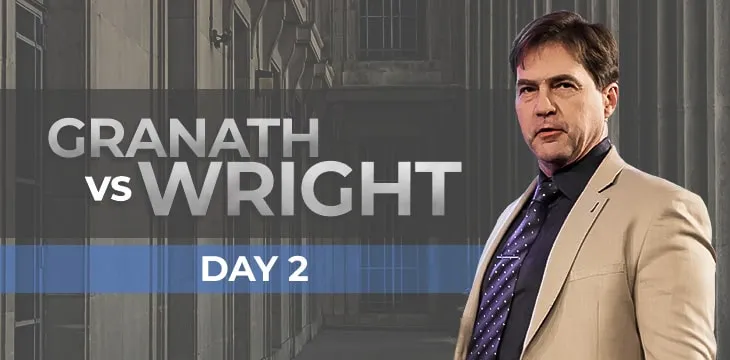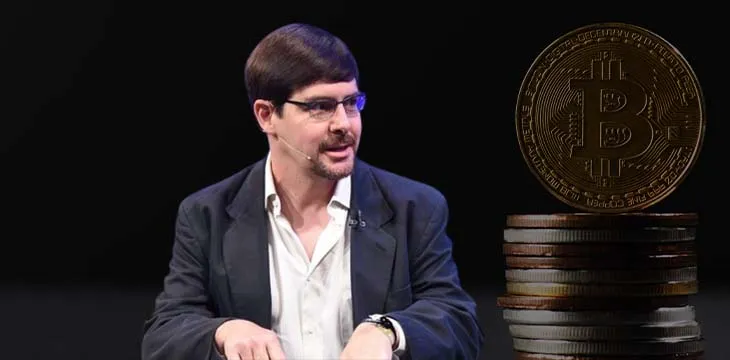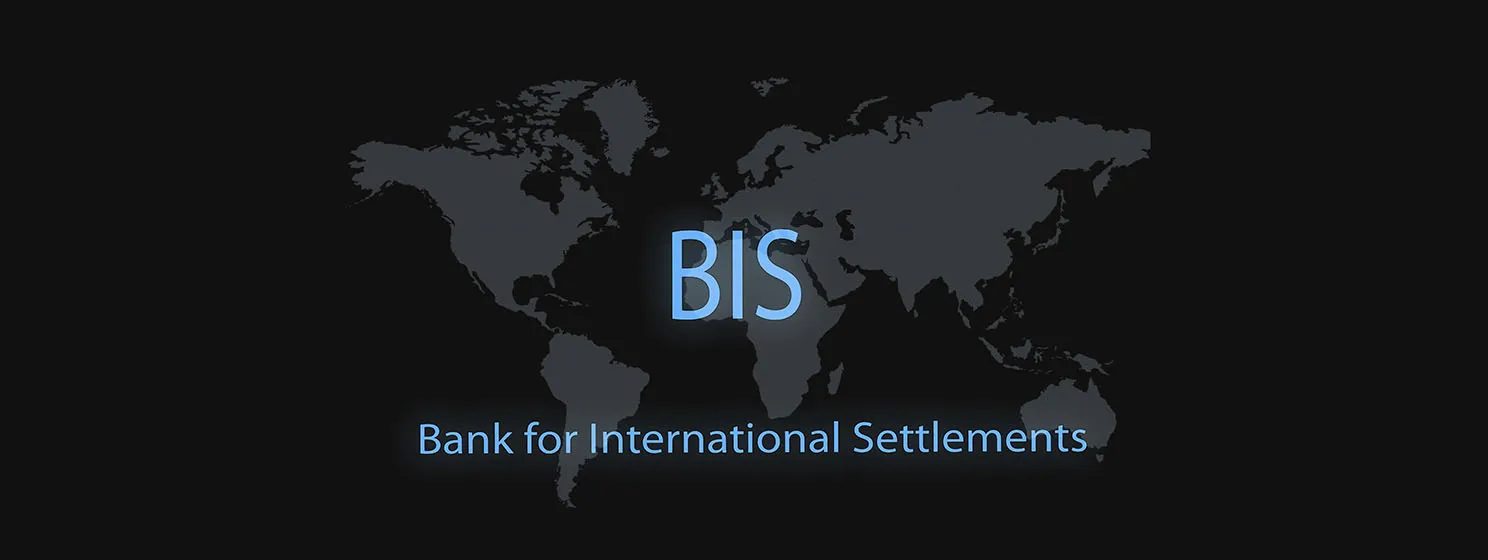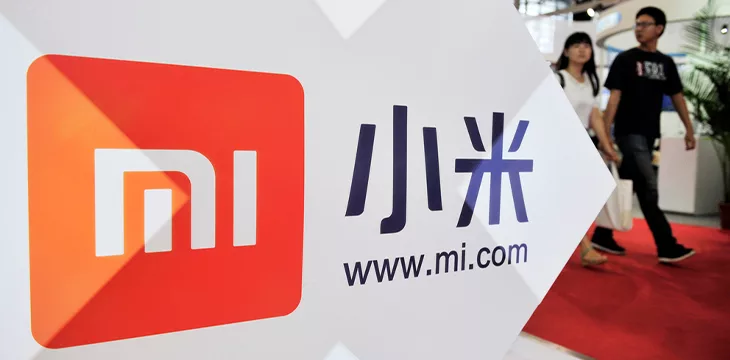
Gavin Andresen
Bitcoin retrospective and focus on the Internet’s future
This episode of CoinGeek Weekly Livestream welcomed a special guest, Mike Hearn, who discussed Bitcoin, payments, and the future of...
I watched ‘Money Electric’ so you don’t have to
The most problematic part of "Money Electric" is that Peter Todd and Adam Back suffer from the narcissistic trait of...
History is written by those who’ve hanged heroes
The popular conception of Bitcoin suffers from a narrative equally mired in misinformation, half-truths, and selective amnesia, and if we...
Granath v Wright Day 2: A clearer picture of Magnus Granath’s campaign against Craig Wright
Following a full day of argument from Magnus Granath’s lawyers, Day 2 of Granath v Wright saw Dr. Craig Wright’s...
How Gavin Andresen gave away 19,700 bitcoins in 2010—the Bitcoin faucet turns 12
Andresen was one of the earliest Bitcoin developers and advocates. He got involved with Bitcoin in 2010 and had interacted...
Kleiman v Wright: Ira Kleiman set to testify Wednesday as defense cranks up the pressure
The plaintiffs have completed examination of two of their significant witnesses, and with lawyers for Dr. Craig Wright getting a...

 06-30-2025
06-30-2025 































